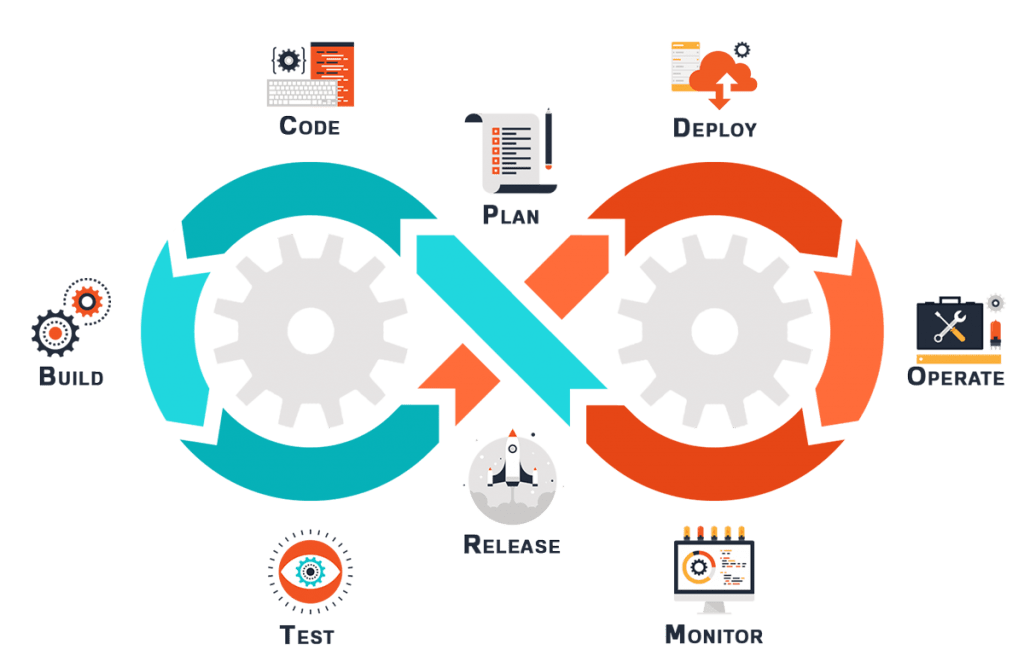
If you want to use your cloud resources cost-efficiently, adopting DevOps methodology becomes the main task. However, in order to adopt it successfully, you need to understand its basic principles and adapt them to your unique project needs. Unfortunately, there still isn’t a 100% definition of DevOps and a description of its principles, which leads to a significant tumult and misunderstanding. IT Svit, a reputable managed DevOps services provider with 5+ years of expertise and more than 800 successfully accomplished DevOps projects, offer you to gain an understanding of DevOps methodology.
First of all, forget all the schematics showcasing DevOps as an intersection of Dev, Ops and QA. At the very least, think of this explanation not in terms of combining the skills — but in terms of aligning the goals. The developer wants to release as many story points as possible. The QA wants to find as many bugs as possible. The Ops engineer wants to deal with as few incidents in production as possible. Naturally, their goals are in sharp contradiction with each other.

In DevOps methodology, the efficiency of work of Devs, QA and Ops engineers are evaluated by the performance of the product/service, so they have to communicate and collaborate to ensure everything runs smoothly. Thus said, the developers write the code in a way that ensures its easy testing and operations in production, while the QA and Ops do everything possible to minimize the time between a commit and release without any compromise on quality. How is it done?
There are three basic principles of DevOps methodology:
- IaC — Infrastructure as Code. The Ops engineers prepare Terraform manifests that describe the required state of every environment needed throughout the software delivery life cycle. These manifests can be launched by every developer to minimize the waste of time on preparatory actions, like readying testing environments for unit and integration tests of each new batch of code.
- CI — Continuous Integration. Ops engineers configure tools like Jenkins, Circle CI, Gitlab CI or Travis CI to ensure each code commit results in a chain of action required to test the code and push it to the staging server if the tests succeed. This allows the developers to make multiple commits every day, meaning that at every point of time there is the latest app build ready to be released. This also helps reduce the time between receiving feedback and releasing the expected feature and makes the development process much more flexible and Agile.
- CD – Continuous Delivery. The same logic is applied to the release process and infrastructure management in production. Scripts are prepared for every repetitive action, ensuring timely and error-proof execution of routine operations. This automates the software delivery and reduces the risk of human-originated errors.

Due to implementing these three principles, the teams are able to greatly decrease the time and effort wasted on daily repetitive operations. This reduces the strain and frees up time for creative and productive work on further improving your systems and IT operations. This is the main benefit of DevOps methodology — your team is motivated, the routine is automated and the customers are satisfied due to short feedback loops, uninterrupted product availability and good system performance.
